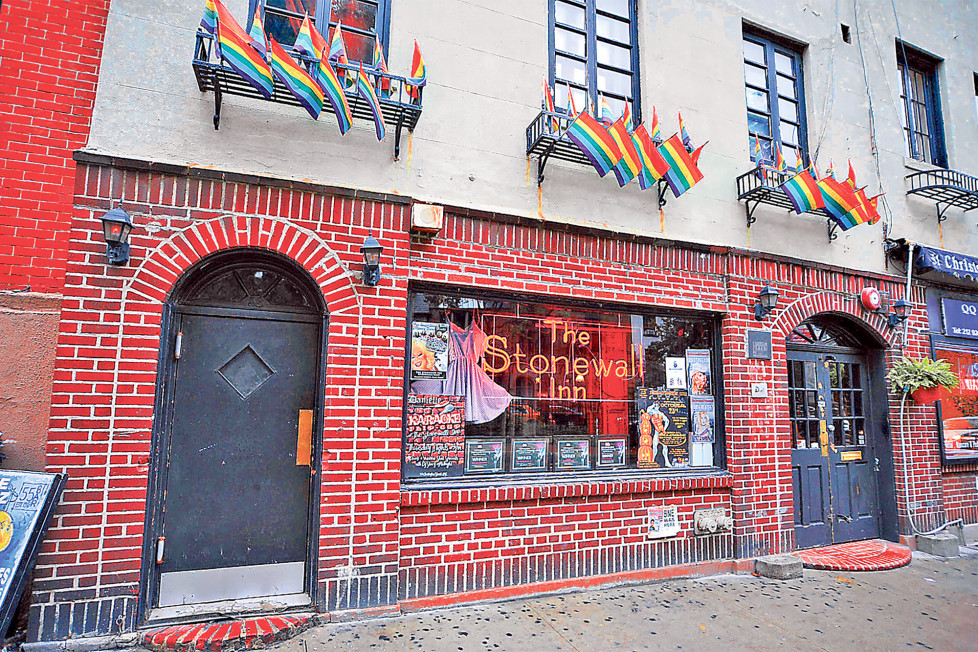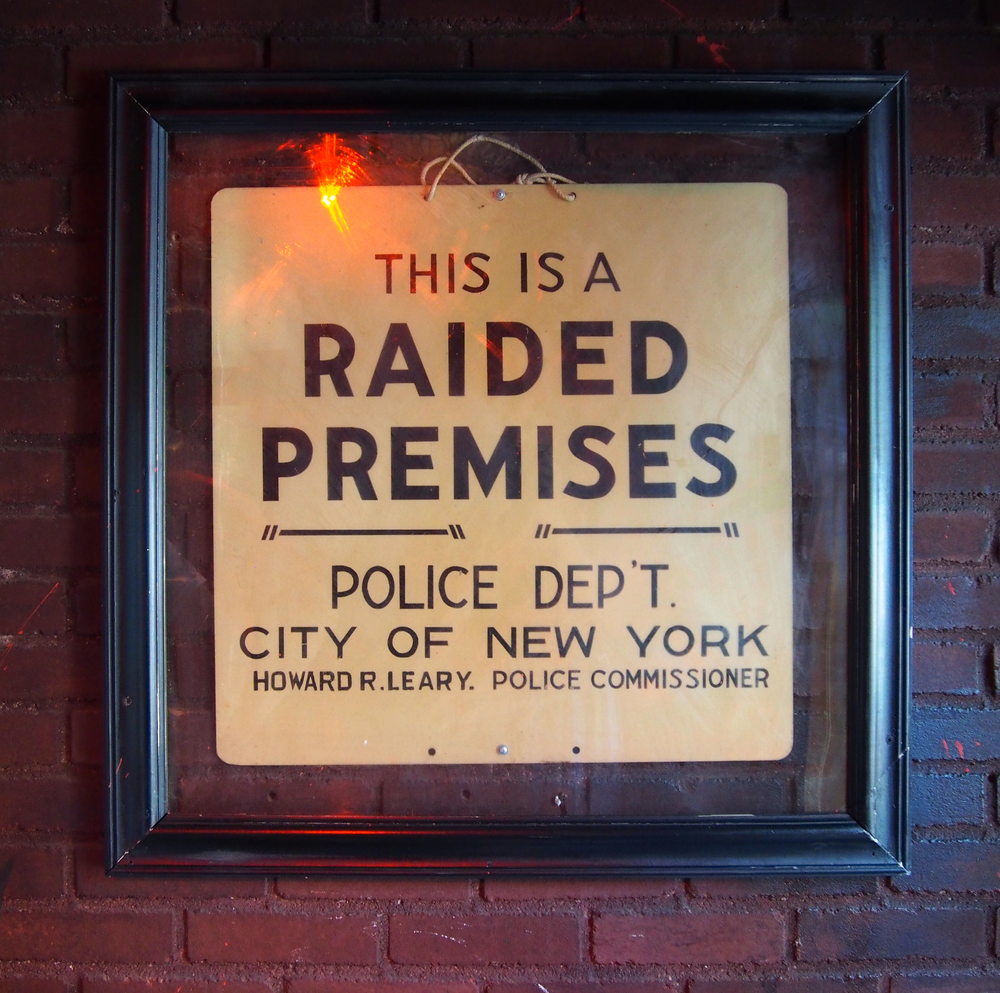“No touching” dances, Fire Island, Stonewall Inn, and Greenwich Village: How the high society tea dance became an iconic piece of gay history.
A quick search of Stonewall from ,www.brittanica.com summarizes the Stonewall Riots as a “series of violent confrontations that began in the early hours of June 28, 1969, between police and gay rights activists outside the Stonewall Inn, a gay bar in the Greenwich Village section of New York City. As the riots progressed, an international gay rights movement was born.”

In 1969, the Stonewall Inn was one of the few places where gay and lesbian patrons could socialize in relative peace despite the near-constant barrage of police raids. But, on June 28, 1969, the bar patrons had had enough and decided to fight back. The riots lasted 6 days and served as a catalyst for the fight for equality for LGBTQ+ people everywhere.
The Stonewall riots also played a role in revolutionizing the traditional tea dance from high society to the more grounded working-class phenomenon well known during the ’50s, ’60s, and ’70s.

Check out this NY Post article for a detailed history of the Stonewall Inn
Sunday tea dances were a weekly highlight for the high society social scene from the late 1800s to WW1 as the late afternoon tea service was quite popular. These social melees included an appropriate place for single women and men to meet and socialize. These types of social clubs eventually petered out in the ’50s.
Gay people were still very closeted in the ’50’s due, in large part, to the asinine laws that forbid men dancing with men, women dancing with women, and knowingly selling alcohol to homosexuals, but found some respite in the speakeasies and underground social bars. Should a raid happen on one of these establishments, men and women could quickly pair up as a mixed couple to avoid arrest.
About a decade later, the tea dance had taken over Cherry Grove on Fire Island in Suffolk County, New York. As it was still illegal to sell alcohol to known homosexuals, many venues did not have alcohol licenses and promoted the afternoon dance as a way to avoid attention. Holding them during the day also allowed New Yorkers to catch the last ferry home. By the late ’60s, tea dances were held as many as 7 days a week.

The Suffolk Police Department constantly raided venues on Fire Island searching for same-sex dancers. There are stories told of gay men being chained to poles as the local police used these raids as a way to meet their monthly arrest quotas.
Post Stonewall riots, the sense of freedom from a hard-earned step up in equality for gay people everywhere was evident all over New York City. At the same time, disco music was burgeoning and found a strong base in nightclubs all over America. This prompted the tea dance to migrate and morph as it made its way to the streets of Greenwich Village. While the Fire Island dances were designed for rich upper-middle-class gays, the downtown gays of Greenwich Village and the surrounding neighborhoods sought to break down the formality and stiffness of the afternoon tea dance.

This working-class facet of the gay community sought to reject the more feminine version of the event and co-opted the “tea” into “t” representing a fashion shift to the t-shirt and denim look of the mid-’70s. The timing of the dances was also pushed back to nighttime as disco overtook dance clubs all over the world.
The tea dance has waned in popularity as many of the laws requiring it to exist have been reversed over the decades. But, join us on Sunday, June 27th as we revive the tea dance to celebrate cannabis and Pride 52 years after the Stonewall riots. Consume cannabis openly and safely at our Pride tea dance held from 2-6pm.
For more information or book a cannabis event, email us at phil@highmindedevents.com or visit us at www.highmindedevents.com
